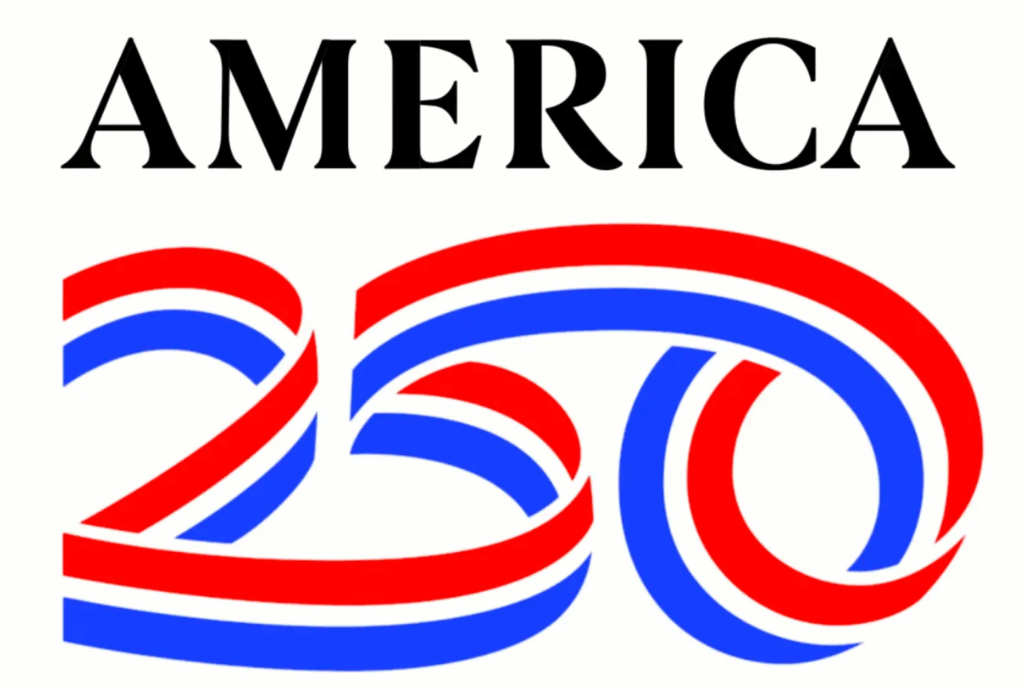If you watched the Senate Committee on Health Education Labor and Pensions For-Profit Schools: The Student Recruitment Experience, only the most unattached could have walked away feeling noble about the for-profit education marketing processes and their role in the enrollment process. As was the case with the Frontline television piece, “College, Inc.,” the Senate hearing had some doozies of testimony and video clip quips. The most damaging testimony came, not surprisingly, from the secret shopping performed by the Government Accountability Office, given by Gregory Kutz, Managing Director, Office of Forensic Audits and Special Investigations, U.S. Government Accountability Office.
Any who wanted, could have watched the hearing live streaming via the Senate’s site. It is also available for replay as well. As a non-regular consumer of Senate or other government hearings, I cannot compare this to others, except the random moments of C-SPAN while flipping channels. That every bit of this hearing dealt with one of the largest performance marketing segments, it no longer made watching C-SPAN on par with being dragged to see Sex in the City 2. This was better than almost any thriller picture. It was the reality TV equivalent of a train wreck happening in slow motion. Too bad the train wreck involved a big underwriter of our space.
As we’ve said in various iterations, the aims of the scrutiny aren’t to shut down performance marketers. Despite how they sound, it’s not to shut down the for-profit industry. It’s to make sure that consumers get “clear, complete, and honest” information and to ensure that deceptive and abusive tactics do not occur. At the very least, the clarity, completeness, and honesty should be in proportion with the financial burden. What we see in the secret shopper footage is not only abuse and deception, but complete falsehoods. And this for a product that routinely costs more than $40,000 with a lifetime payback clause. “You owe it to yourself to go back to school” and “Just finish the paperwork in order to speak to someone about costs” are not sufficient. Let alone the representative who says that student loans “aren’t like a car note. They won’t come after you.”

Figure 1: a chart purportedly used by Apollo Group’s University of Phoenix to motivate and encourage their admissions departments, implying that the troubles at for-profits aren’t the result of a few bad apples but systemic issues from the top down. Harkin postulates, “It may not be a few bad apples but the entire orchard that is contaminated.”
The lesson from our articles in May on online education was the disconnect between marketer and the consumer experience. As performance marketers, we are not required to be experts in the subject matter being advertised. That lack of subject matter expertise has not posed a true concern in the past. The issues focused more on a basic understanding of FTC guidelines and fairly simple rule sets, e.g., no drive by downloads. Increasingly, though, with many of the more prominent offer areas, especially during the recession, it is highly encouraged, if not required, to know more than just a few catchphrases that will generate clicks.
We are entering a period of Increased scrutiny where all parts of the conversion funnel are being put under a magnifying glass. We have to agree with what we read in the Performline blog, that is no longer just about quality of traffic. It’s about compliant traffic that meets these quality guidelines. It’s hard to know if the for-profit story would be different, had their been different oversight, but one of the many salient points brought up by Senator Harkin was his belief that this industry has no desire to self-regulate. He was especially demanding of Michale McComis , Executive Director, Accrediting Commission of Career Schools and Colleges. His commission plays an integral part of the funding. Only accredited programs from accredited schools are eligible for Title IV funds (student loans).
Senator Harkin clearly didn’t like that Dr. McComis’ organization makes its money from the schools it is supposed to accredit, and he beat to death the supposed “rigorous” standards in place for ethical behavior and integrity through remarks such as (paraphrasing) – You did site visits on 629 schools and didn’t find any such fraud yet the GAO sampled three and found three instances of fraud. Listening to Senator Harkin at times was like listening to someone scold a window washer for the hallways not being cleaned. Even though it’s not your job, when the Senator asks why they aren’t, you still have to come up with an answer.
The issues for our industry go well beyond this flight to compliance. We see three parallel challenges in addition to self-policing:
1. Right Sizing – in a world driven by profit, the pressure is to keep on growing, especially as a publicly traded institution. When focused only on the money (as happens in our sector all the time), it’s easy to create an environment that bends the rules, lowers the standards, or worse, violates not just the spirit of the law but the law itself. There is an immense pressure to continue the year over year growth in for-profit higher education.
2. Incentives – a big issue for the upcoming regulations centers around incentives. If an admissions representative is compensated based on the number of enrollments, and they work at an institution where the barrier to starting someone is often motivational (i.e., financing is possible), what’s to keep them in check? What’s to keep them from making false promises and doing whatever it takes, especially when the person next to you is doing it, and when the reward is based not with quality but quantity? The violations of this rule for the education space have been scarce, but high pressure tactics go counter to the spirit of the product.
3. Differentiation – it’s an incredibly common problem and one that clearly extends outside of continuity marketing. The cynical view states that the person chooses a school based on who got to them first, not because of anything the school itself offers. There are smaller schools, exceptions to these rules who have not run afoul, but they tend to offer more specific programs and have eschewed the temptation to scale at all costs. Incentives, and to some degree right sizing, play key roles, but a non-differentiated product produces immense negative pressure to act poorly.
We aren’t seeing the end of education. If anything, we’re going to see a more stable environment and even a better exit environment. The good will do well, whereas those who aren’t adding value will face a bigger battle. As we said before, no matter how it ends, we’ve got choppy waters that will make the journey feel less pleasant.



